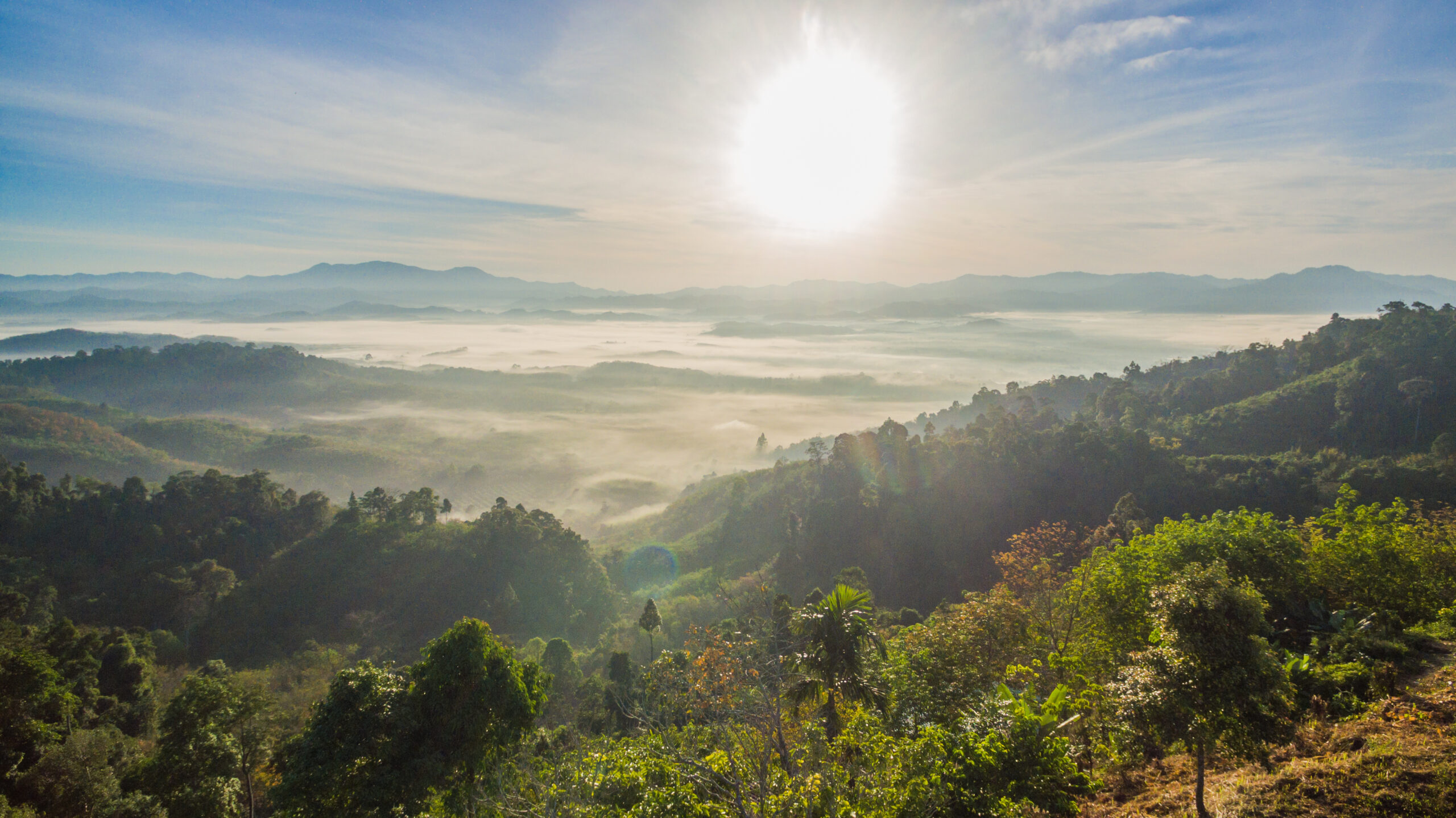For as long as I can remember, conservation work has been about getting our hands dirty—literally. Whether it was trekking through marshlands to survey endangered species or rehabilitating urban green spaces, my work as a Fish and Wildlife Technician has always been deeply connected to nature. But over the past decade, I’ve seen firsthand how technology is revolutionizing the way we approach conservation. Tools like Geographic Information Systems (GIS), artificial intelligence (AI), and remote sensing are transforming the field, making it possible to gather data, monitor wildlife, and implement conservation strategies more efficiently than ever before.
GIS: Mapping Conservation Success
One of the most impactful tools in wildlife management today is Geographic Information Systems, or GIS. Simply put, GIS allows us to create detailed maps that help us understand wildlife populations, migration patterns, and habitat changes. I use GIS regularly to track urban wildlife in New York City, helping us pinpoint where conservation efforts are most needed.
For example, in the Urban Wildlife Initiative, GIS has been essential in identifying corridors that allow animals to move safely between green spaces. By overlaying maps of roads, parks, and known wildlife habitats, we can predict areas where species might struggle due to habitat fragmentation. This technology helps us recommend infrastructure changes, such as the creation of wildlife overpasses or designated green spaces within city planning.
GIS is also crucial for monitoring climate change. Rising temperatures and shifting weather patterns are altering habitats, and GIS mapping allows us to visualize these changes in real time. With this data, conservationists can better advocate for policies that protect vulnerable ecosystems before it’s too late.
AI: A Game-Changer in Wildlife Monitoring
Artificial intelligence is another tool that is reshaping conservation work. Traditional methods of tracking species—like setting up motion-sensitive cameras in the wild and manually reviewing footage—are time-consuming and labor-intensive. AI is now helping us analyze this data faster and with greater accuracy.
With AI-powered image recognition software, we can automatically identify species captured in camera trap footage. Instead of manually sorting through thousands of images, AI can detect and classify animals in a fraction of the time. This not only speeds up research but also helps us monitor elusive species like the Indiana bat, whose populations require close tracking due to their endangered status.
AI is also being used to analyze audio recordings of animal calls. In dense forests or aquatic environments where direct observation is difficult, AI can recognize the unique calls of different species, helping scientists estimate population numbers and behaviors without disturbing the animals. This is especially valuable for monitoring birds, amphibians, and marine life.
Drones and Remote Sensing: Eyes in the Sky
Another game-changing technology is the use of drones and remote sensing. In the past, aerial surveys required expensive helicopter or airplane flights, making it difficult to monitor large areas frequently. Now, drones equipped with high-resolution cameras and thermal imaging can capture detailed images of landscapes and wildlife from above.
I’ve personally used drones in habitat restoration projects, like the Aquatic Habitat Restoration program. By flying drones over wetlands and waterways, we can assess water quality, vegetation health, and even detect pollution sources. This allows us to take immediate action to prevent further environmental damage.
Remote sensing, which includes satellite imagery, is another powerful tool. It helps us monitor deforestation, track wildfires, and measure changes in land use over time. With near real-time data, conservation teams can respond more quickly to environmental threats, preventing long-term damage to critical ecosystems.
Citizen Science: Engaging the Public Through Technology
Technology isn’t just benefiting scientists—it’s also engaging the public in conservation efforts. Mobile apps like iNaturalist and eBird allow everyday people to record their wildlife observations, contributing valuable data to conservation projects. I frequently encourage community members to use these tools during my outreach programs, whether we’re tracking bird migrations in Central Park or identifying plant species in restored wetlands.
Citizen science has proven to be an incredible resource. The more data we gather, the more accurate our research becomes. Public participation in wildlife monitoring also fosters a sense of environmental stewardship, helping people feel more connected to the natural world around them.
The Future of Conservation Technology
Looking ahead, I believe technology will continue to revolutionize conservation in ways we can’t yet fully imagine. Machine learning could help us predict population declines before they happen, allowing us to intervene early. Smart sensors embedded in ecosystems might provide real-time environmental data, alerting us to changes in air and water quality. And advancements in biotechnology could even offer new ways to restore damaged habitats and protect species from extinction.
However, technology alone isn’t enough. Conservation still requires human passion, policy advocacy, and boots-on-the-ground efforts. The best outcomes happen when we combine cutting-edge tools with the knowledge and dedication of conservation professionals, volunteers, and communities working together.
Embracing Innovation for a Sustainable Future
As someone who has spent years in the field, I see technology as an incredible ally in our mission to protect wildlife and preserve ecosystems. While traditional conservation methods remain essential, the integration of GIS, AI, drones, and citizen science is making our work more effective than ever. With these tools, we can move beyond simply reacting to environmental challenges—we can anticipate and prevent them.
The future of conservation is a blend of innovation and commitment, and I’m excited to be part of a generation that is harnessing technology to make a lasting impact on the natural world.
